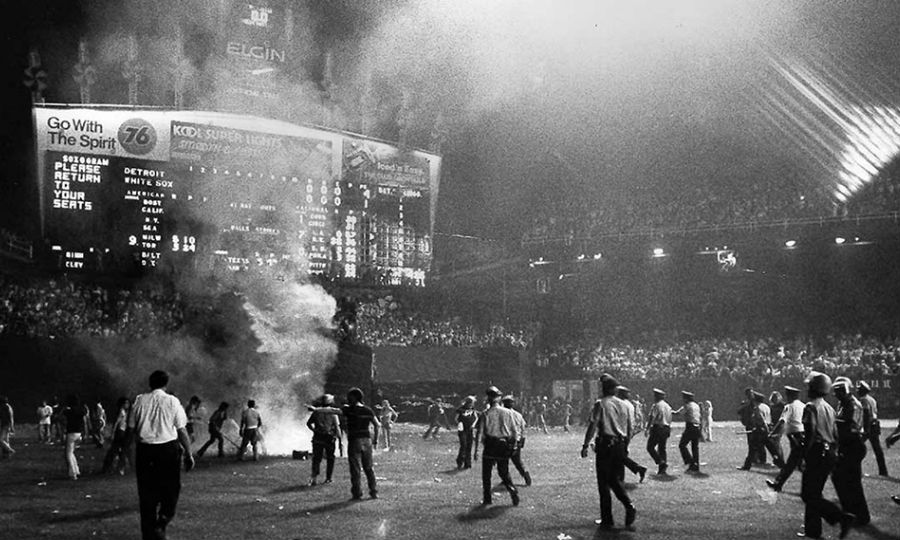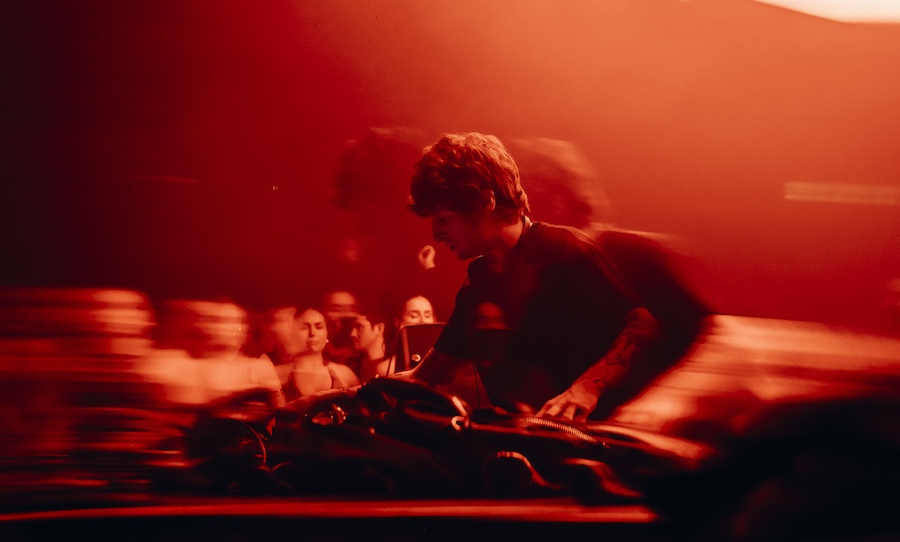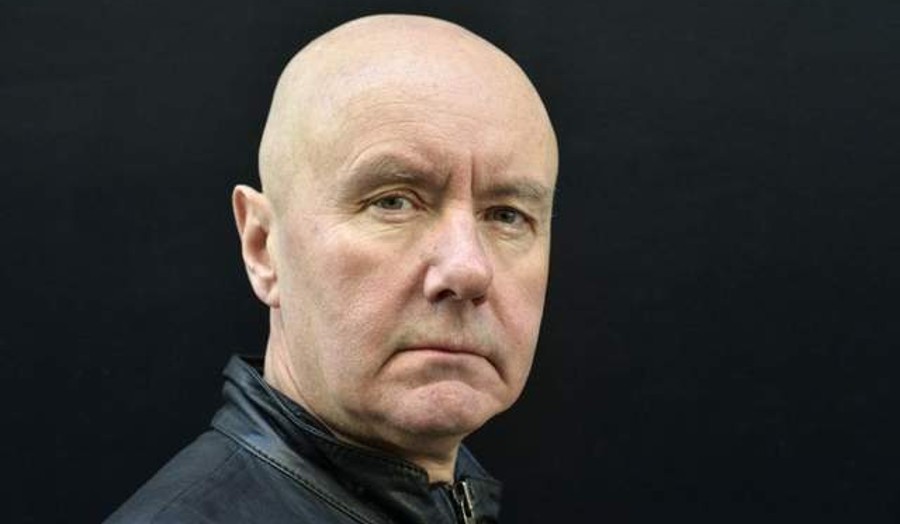On a fateful evening in 1979, some 50,000 people rushed Comiskey Park in Chicago, Illinois, to exterminate the vermin that was disco. At least that’s how Chicago shock jock and anti-disco campaigner Steve Dahl saw it.
As a major musical force in America by the late ’70s, disco reigned supreme and had earned more than a few enemies among rock elitists, typically young white males. As people flung records from the stands of the stadium and rushed the field to ignite riots, it became clear that disco had gotten too big for its boots. A looming giant of the musical rainforest, disco had to be cut down so that other, less fertile, sub-genres could bloom.
Disco Demolition Night became a proprietor in the eventual decline of disco yet hindsight has revealed nothing if not this: you can’t destroy a music genre, and there is no such thing as bad taste in music.
Disco Demolition Night was a controversial moment in music history marked by underlying racism, homophobia, and the fallacy that music taste matters.
Disco Inferno
On July 12, 1979, there was a band playing at Comiskey Stadium to kick off a Major League Baseball doubleheader between the Chicago White Sox and the Detroit Tigers. The band was fronted by local radio DJ Steve Dahl who had recorded a parody single Do You Think I’m Disco.
Dahl had launched a campaign against the massively popular genre after being fired from a station called WDAI after they switched formats from album-oriented-rock to disco. At a new station known as The Loop, Dahl was frequently snapping disco records or dragging the needle across them, encouraging people to join his organisation, the Insane Coho Lips.
As a promotion with the White Sox, everyone attending their game would get in for 98 cents and a disco record. A dumpster would be filled during half time and blown up as a publicity stunt. They expected 20,000 attendees but were soon overwhelmed when 50,000 rushed the field and the riot police were called. The explosion from the blast ruined the field, 39 arrests were made and the White Sox had to forfeit the game.
Disco and Other Phobias
A rock n’ roll diehard, Dahl couldn’t stand the decline of British Invasion blues but, knowingly or not, he tapped into a potent stream of racism, sexism, and homophobia that snowballed into the decline of disco.
While rock still had a few good years in it, Dave Marsh of Rolling Stone described the event as a “paranoid fantasy about where the ethnic cleansing of the rock radio could ultimately lead.
“White males, 18 to 34, are the most likely to see disco as the product of homosexuals, blacks and Latins, and … to respond to appeals to wipe out such threats to their security.”
It became quickly apparent that people were only burning records by black artists. There were even Curtis Mayfield and Otis Clay records among them.
Funk pioneer and disco dabbler Nile Rodgers later said, “It felt to us like Nazi book-burning. This is America, the home of jazz and rock and people were now afraid even to say the word ‘disco’. I remember thinking—we’re not even a disco group.”
Aftermath Fever
To fully grasp the ‘Saturday Night Fever’ you must understand how commercially dominant disco was at the time. Of the 16 singles that topped the charts in 1979, only three were not disco. The previous year disco singles were #1 for 37 weeks out of 52.
On August 25, My Sharona by The Knack hit #1 on the Billboard charts, the first time in over a year that it had not been a disco song or a ballad, signposting the resurgence of rock.
While Dahl has downplayed the event as “just kids pissing on a musical genre” the effects were immediate and farreaching.
Vince Alleti, who wrote for Record World documenting the rise of disco, explains,
“I didn’t take it seriously at all, which obviously was a mistake in retrospect. The higher-ups at the label did. There were a lot of rock’n’roll stalwarts in the music industry who were not just unhappy but angry and felt that rock’n’roll was being ignored because black pop was dominating the charts.
“Within a short period of time, Warner Bros decided there was no longer a disco department. We became the dance music department – disco was a dirty word. Virtually every record label did the same thing.”
In a certain sense, it was a pyrrhic victory. Disco retreated underground to its original audience becoming more daring and adventurous than ever. These were the years of Arthur Russel’s revolutionary avant-garde disco. Ironically, the most revolutionary post-Disco Demolition development took place in Chicago with DJ Frankie Knuckles and the influence of Kraftwerk inspiring Vince Lawrence.
Lawrence was an African American usher on the Disco Demolition night and he went on to write the first house single, On and On in 1984.
Regardless of intention, it is hard to shrug off literally burning art as anything less than distinctly oppressive and resentful. What’s even more surprising, it was celebrated again almost 40 years later. In an even more culturally conscious society, in the middle of Pride Month, Chicago shuddered as Steve Dahl returned with Disco Demolition 2.
Legacy
The sardonic twist of Disco Demolition Night is that something that was designed to save rock ultimately led to its demise. Ezra Koenig told the Guardian before playing at Glastonbury, “Is rock dead? Yes. Are guitar bands relevant? Not particularly.” Ultimately your tastes don’t matter, music cycles will keep on spinning and people will go on loving music you hate.
Modern music has seen a huge increase in hip-hop, pop, and yes, disco. Bands like Parcels, Miami Horror, Argonaut & Wasp, French Horn Rebellion, Li’mperatrice, Poolside, Jungle, and Donny Benét hold a torch for the flame of disco and it continues to reach a wider mainstream audience.
The lo-fi sound has come to envelop many groove-driven soundscapes like Men I Trust, Puma Blue, Yumi Zouma, and FKJ. House is bigger than ever with Daft Punk, Flight Facilities, and Rufus Du Sol knocking out festival headlines worldwide.
In the ill-fated sequel to Disco Demolition, The White Sox gave out 10,000 t-shirts reading ‘Disco Demolition’ and it struck many Chicago natives as insincere, corrosive, and downright misrepresentative of the city’s history.
Steve Dahl returned a hero and threw the first pitch against the New York Yankees, though there was an air of deranged fantasy pervading the pitch as minor league fans gathered to destroy Justin Bieber and Miley Cyrus merchandise.
Perhaps Vince Lawrence sums it up best: “It baffles me. We live in a different world – Dahl’s either incredibly naive or dishonest.”



